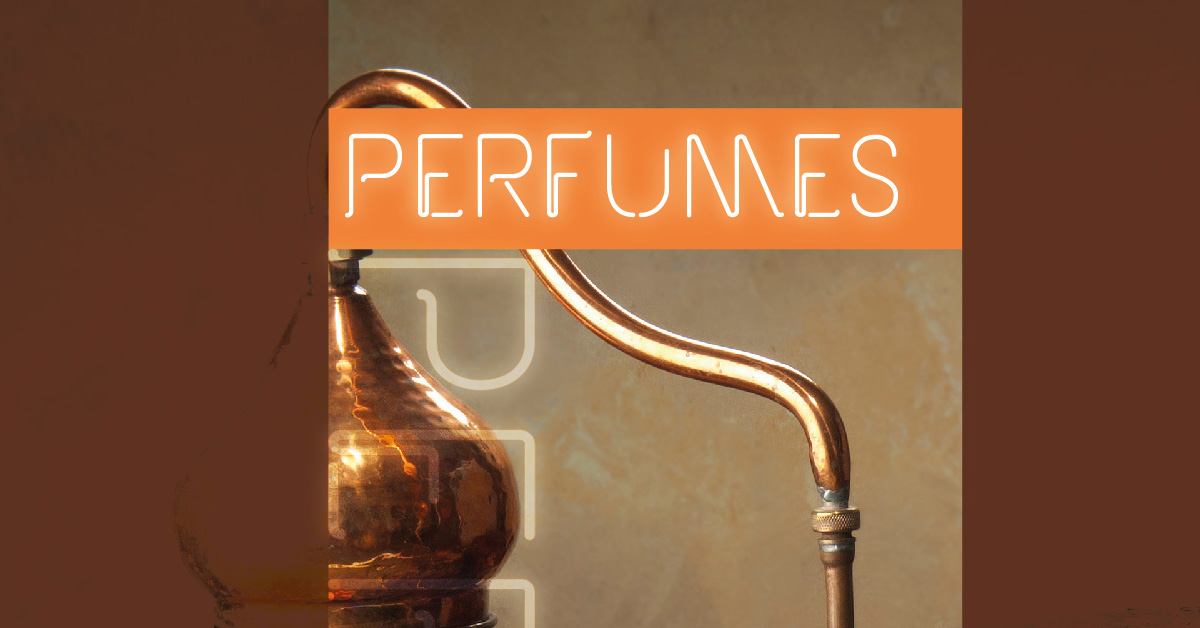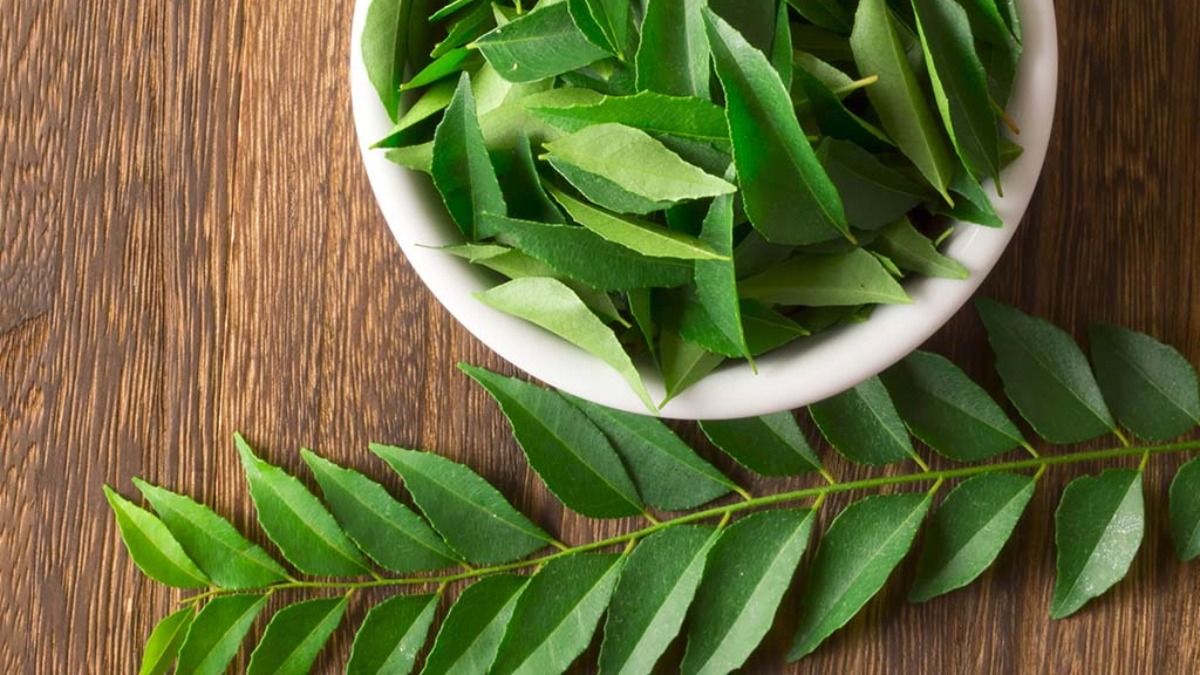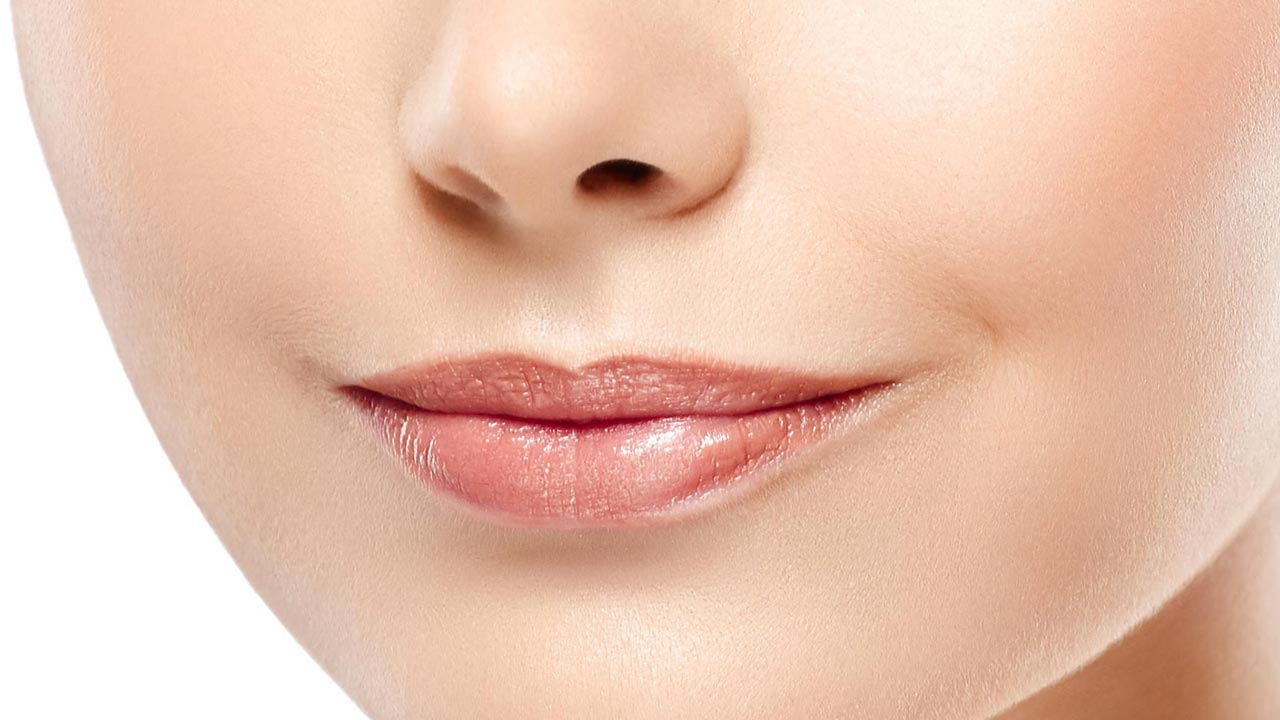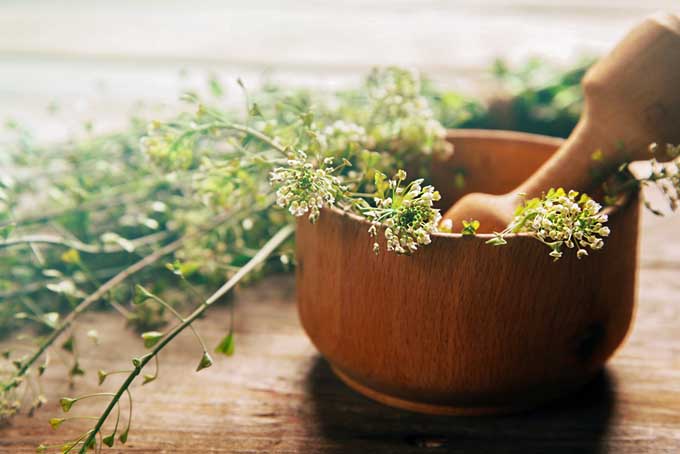One of the disciplines in Varāhamihira’s Brhatsamhitā is how to make of perfumes known as ‘Gandhayukti’ or the art of making perfumes. Gandhayukti details several perfumeries such as scented water for bathing, scented oils for body and hair massage, perfumes, scents as mouth fresheners, deodorants and scented tooth sticks. Pertaining specifically to perfumes, shlokas 13, 14 and 29, 30 of Gandhayukti enlist the raw materials that were used to obtain perfumes in ancient India.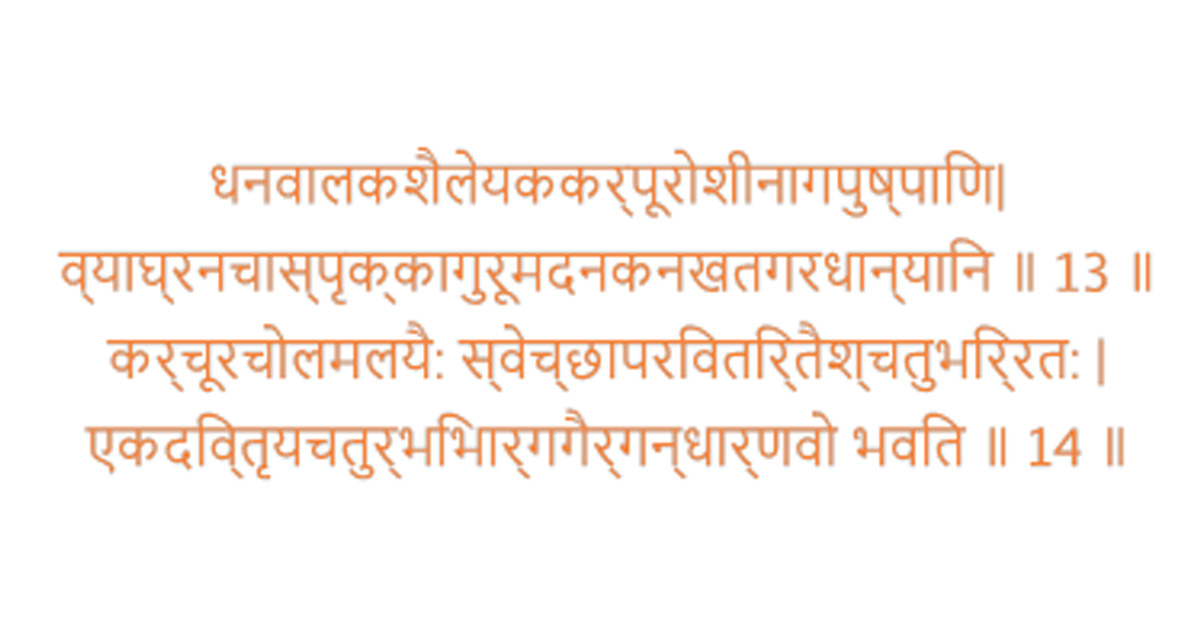
The above 2 shlokas detail the following 16 ingredients:
Ušira (Vetiveria zizanoids – a root), Aguru (Aegle marmelos – a resinous wood), Vālaka (Aporuosa lindleyana – a medicinal herb), Madanfal (Randia spinosa poir – bark of a tree), Karpûra (Camphora officinarum – camphor), Dhānya (Coriandrum sativum – coriander or cilantro), Nāgapuspa (Mesua ferrea – Indian Rose Chestnut tree), Tagara (Valeriana jatamansi jones – root of Sugandhbala or Indian Valerian tree), Saibya (benzoin – a resin that has a sweet vanilla like aroma and works as a fixative), Sprkkā (Bryonopsis laciniosa – shivlingi herb), Ghana (Cyperus rotundus – dried root powder of nagarmotha or Nut grass), Karcûra (Hedychium spicatum herb), Vyāghranakha (Cuttle fish bone tree), Nakha (shell perfume), Coraka (Scirpus articulatus – an aquatic grass) and Chandana (sandalwood). Choosing any 4 of these ingredients will in various permutations and combinations yield 1,820 different compositions of perfumes! So extensive was the resultant number of perfumed mixtures, that this process of obtaining perfumes has been named as Gandhārnava or the ocean of perfumes.

Gandhayukti mentions another formula to prepare varied perfumes using a fixed number of ingredients. As per shlokas 29 and 30, mix together any 3 of the 9 substances – Lodhra (Symplocus racemosa – herb), Ušira, Nata (Indian trumpet flower tree), Agaru (Agarwood), Musta (Nut grass), Malaya (Sandalwood), Priyangu (creeper), Dhana (coriander) and Pattya. Add to the mixture 1 part of sandalwood, 1 part of Turushka (seeds of Hyoscyamus niger Linn), 1/2 part of Nakha (a nail like sea product) and 1/4 part of Satapushpa (dill plant) and expose this mixture to the smoke of Katuka (herb also known as Kutki), Hingula (mineral ore of mercury) and Guda (jaggery). Thus 84 different varieties of mixtures can be obtained from these 9 ingredients.
There are also references of simpler perfumes that can be found in chapter 30 of the Brhatsamhitā. Detailed here are a few formulations:
Grind equal quantities of Patra, Turushka, Vala (khus) and Tagara (Tabernae montana coronaria) and it will yield a perfume known as smaroddīpana which when applied will kindle passion.
Add Priyangu and when exposed to the smoke of Katukarohini (katuka herb) and Hingulika (purified cinnabar), the resultant perfume will emit the scent of the Vakulgandha flower and is known as Vakulgandha.
To this add Kushtha (costus root) and the perfume obtained is known as Utpalagandha, fragrant of Utpalagandha flower.
When added with sandal powder, the perfume obtained is Champakagandha.
If nutmeg, cinnamon and kustumbari (special coriander) are added to it, then the resultant perfume is known as Atimuktagandha.
Another popular ancient Indian scent was achieved by mixing together 1/4th parts of Satapushpa and kunduruka (Indian benzoin resin), 1/2 parts of Nakha and Turushka with 1 part each of sandal and Priyangu. Grind this mixture and expose it to the smoke of Guda and Nakha.
A closer look at the ingredients mentioned above will reveal that they are all natural, with most of them being flowers and herbs possessing healing/medicinal properties. Which is a stark contrast to today’s synthetic perfume industry. Not only had our ancients gained mastery over the science of smell, but also adopted an advanced and scientific approach, thus laying the foundations for modern day cosmetology.

